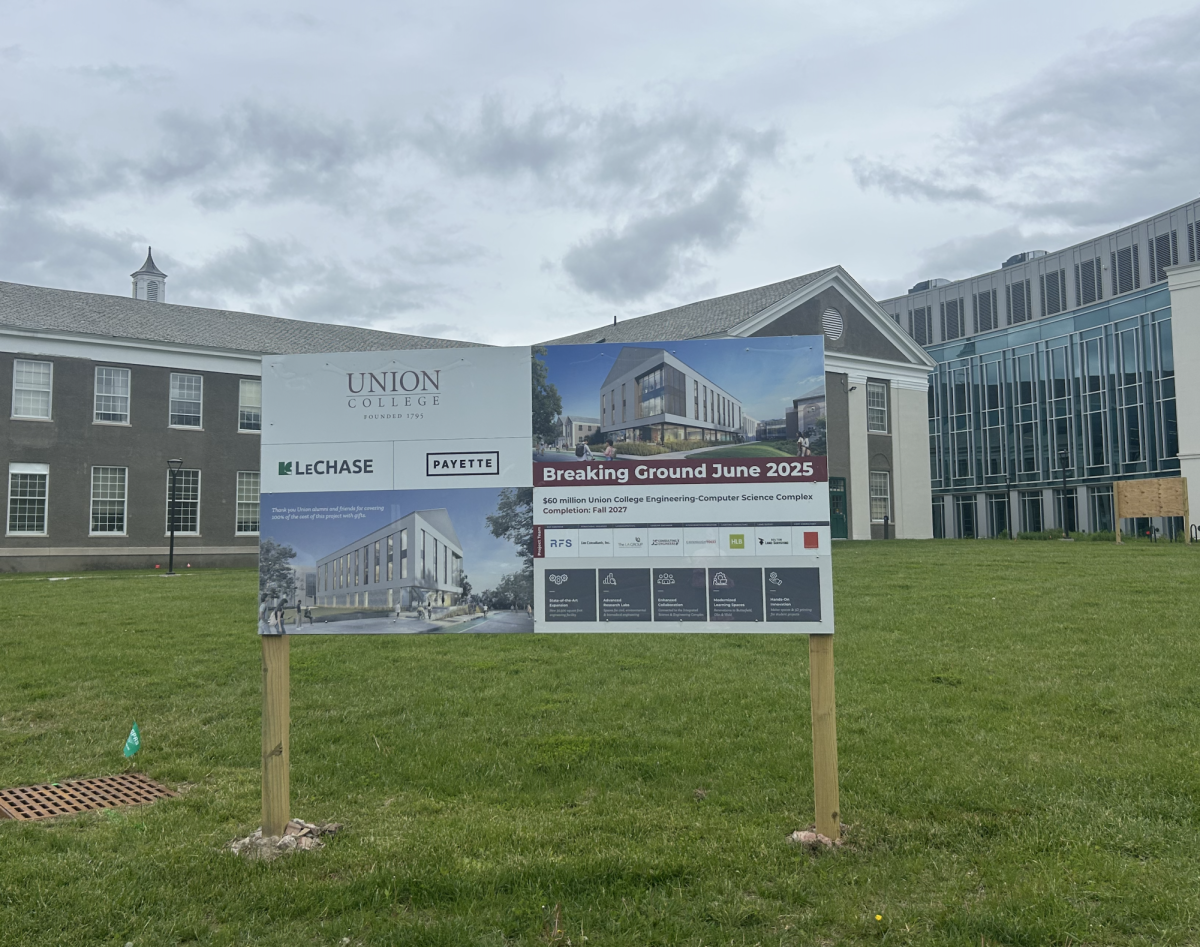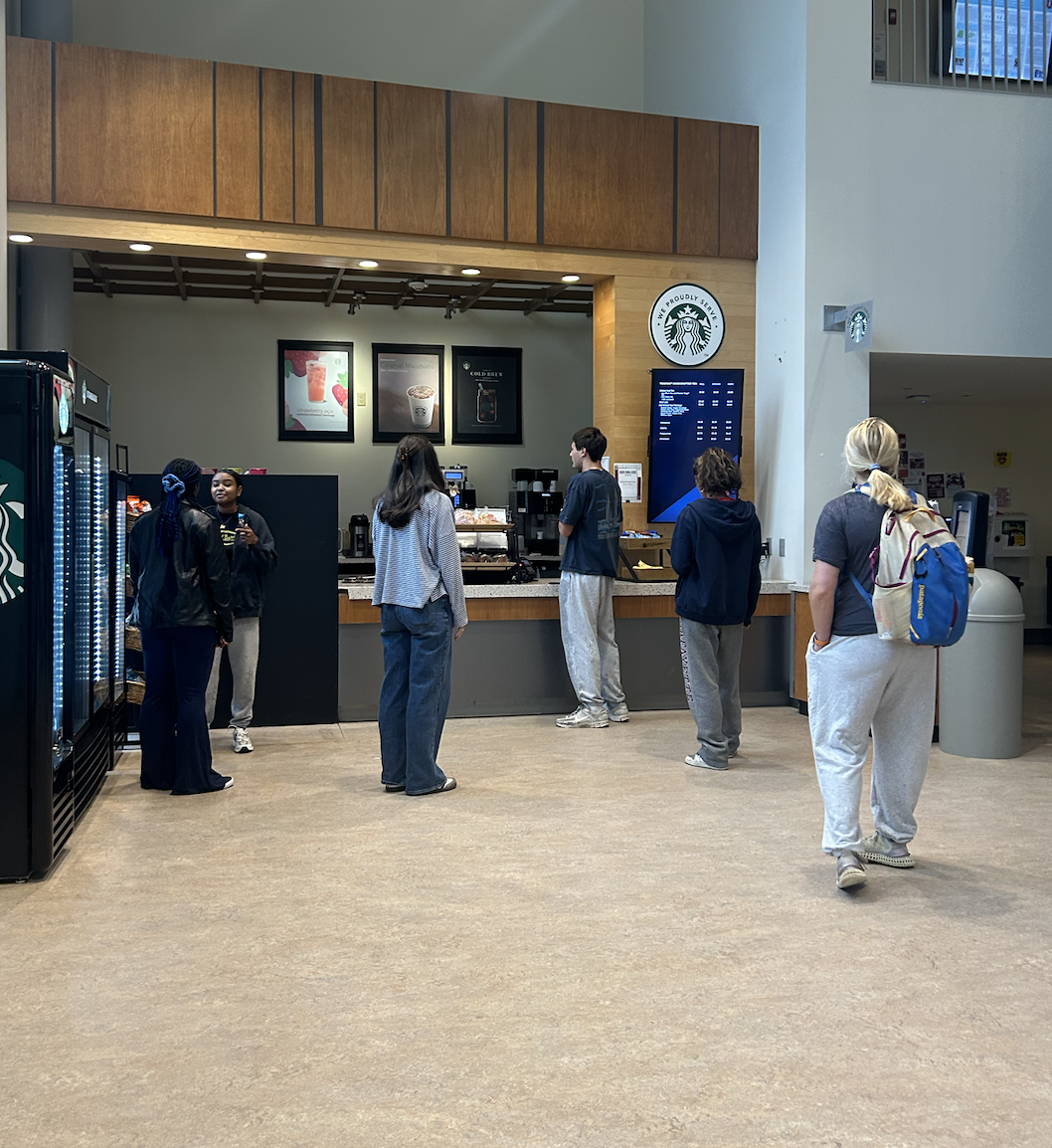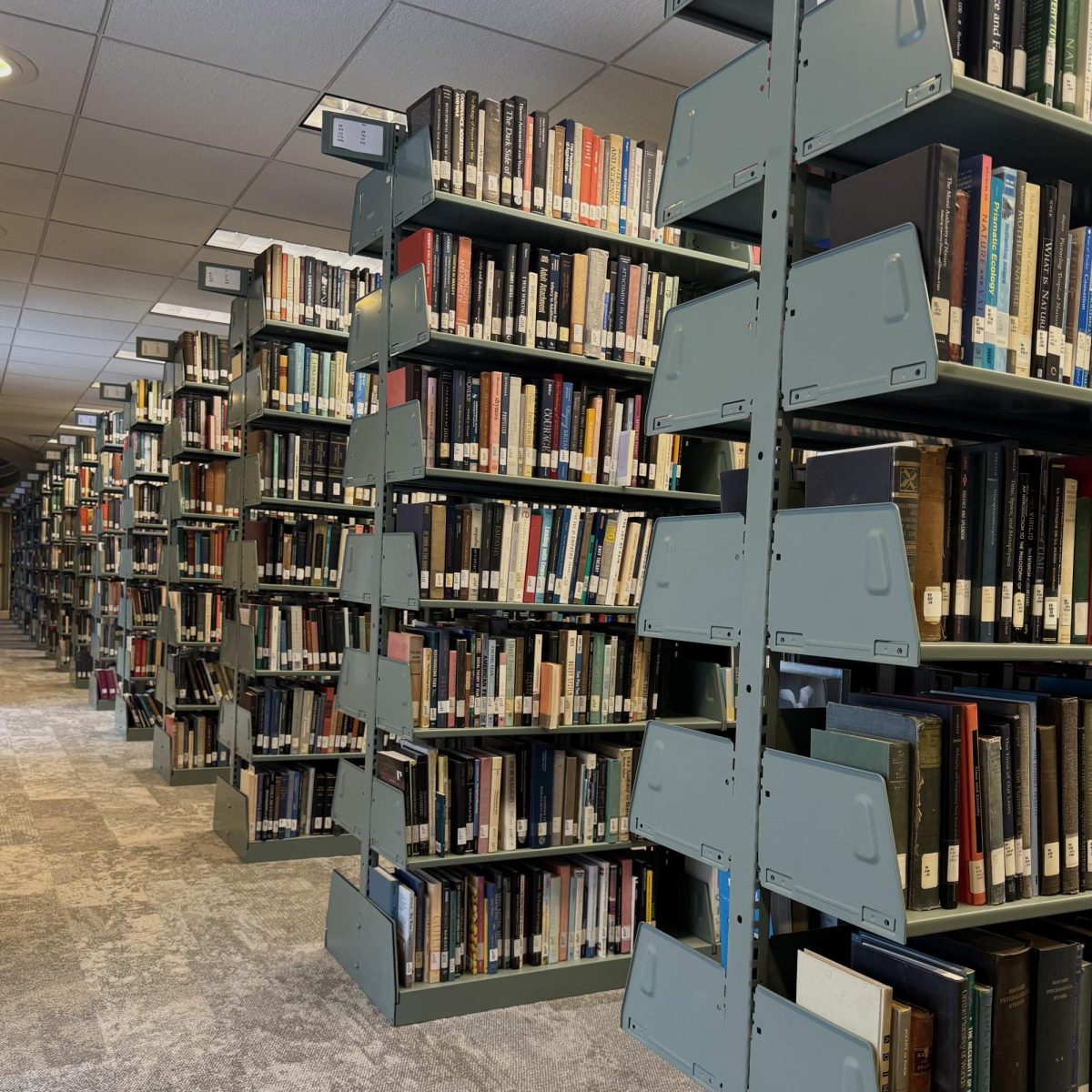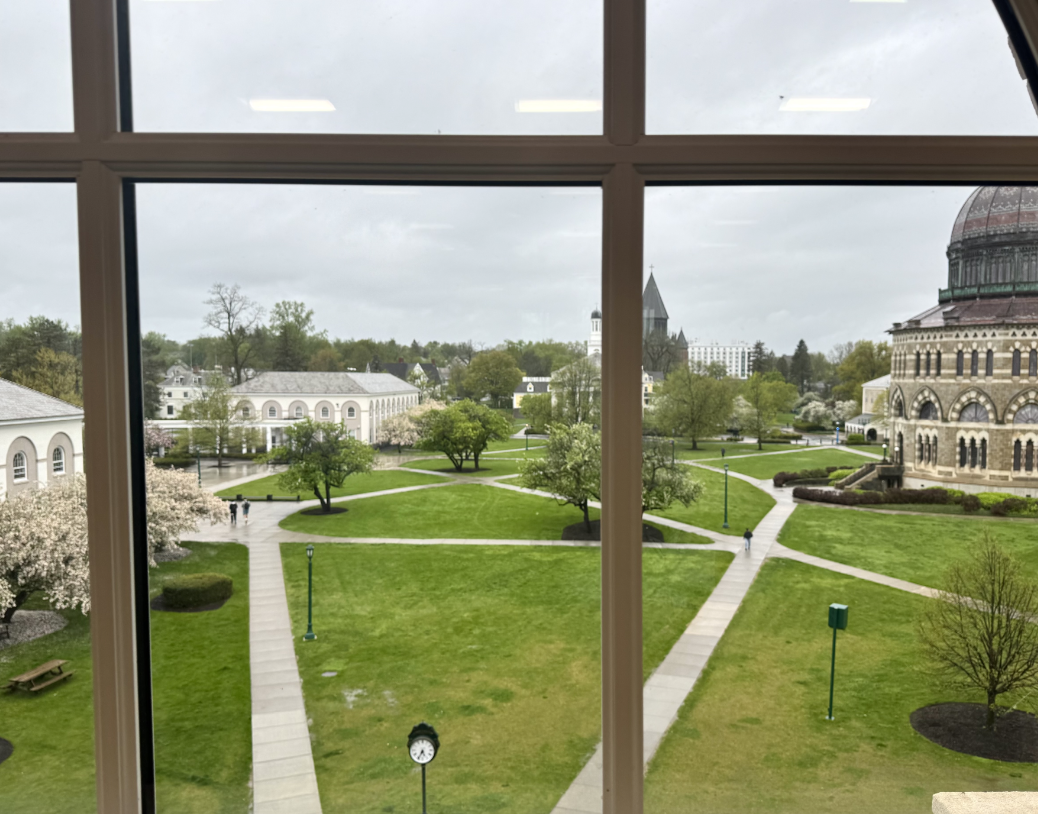Recently on campus, a collection of students and faculty members created a Change.org petition as a way to “Stand Up for Nature at Union.” The petition was clearly written with the best intentions for the campus. The Union Community rallied together through the lens of environmental impact, environmental justice, and campus aesthetics. Students and other individuals associated with the college signed off to prevent nine small trees from being cut down to create space for a major new construction project. Ultimately, the petition was disregarded and the trees were cut down anyway.
While the student concern was reasonable, the petition itself highlighted some misguided priorities. It seems deeply ironic to cite lapses in campus aesthetics when referencing the removal of these trees, which is such a small part of this multi-year, multi-million dollar construction project.
This new building will have distinct aesthetic repercussions. The plan for the project pays very little homage to the deep and rich history of the college, both in design and principle. The original architectural plan for Union College, crafted by Joseph Ramée, was one of intention.
According to an archive in the Union College Special Collections, the original vision for the liberal arts college was to make campus “more than just a functional space.” Union has a distinct and recognizable campus, with its arches drawn from modern classical tradition. Even ISEC, though finished in 2020, was clearly designed with Ramée’s plans in mind. The Science and Engineering Complex fits in perfectly with its stucco walls and smooth arches. Truly, each building follows a cohesive pattern that reinforces those early values and the beauty of the liberal arts college. This new building, even with its design not fully finalized, does not pay the same respect to the tradition and beauty of the historic college. In fact, its appearance reflects that of a very typical design for new science and technology buildings at colleges and universities elsewhere. These original plans make the building stick out like a sore thumb amongst the other, more classically designed buildings at Union.
The original announcement of the building, published by Union College, points to the school as “the first liberal arts college to offer engineering in 1845.” This is exactly what the implementation of this new building fails to embody.
First and foremost, Union is a liberal arts school. Students come here to appreciate the beauty and rich history of the school, as well as have a college experience within a location that acts beyond that “functional space,” as Ramée intended almost two centuries ago. Unfortunately this new development, while exciting, needs to reflect the aesthetic and historic value of the college, and its current design fails to do so. Straying from these ideals is a sad trend that keeps repeating at Union.
This new project is thrilling for the school and a great way to expand academic spaces and departments. However, it forces us to wonder whether the modernization of the college takes precedence over the traditional liberal arts values and history that we have here at Union College.













